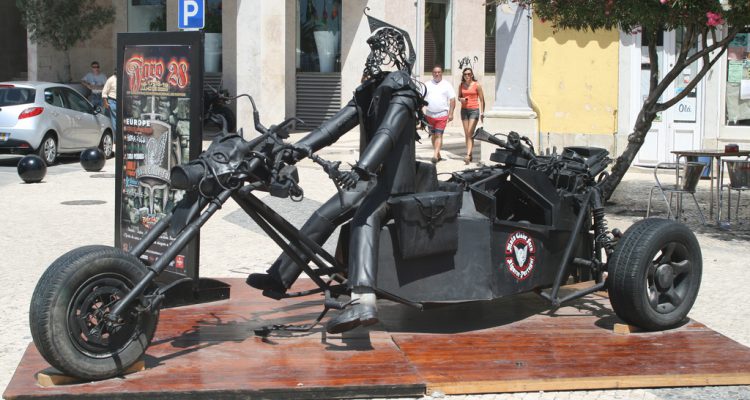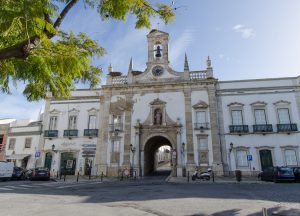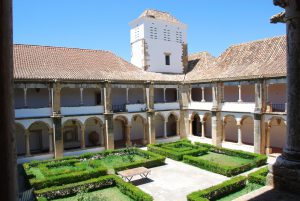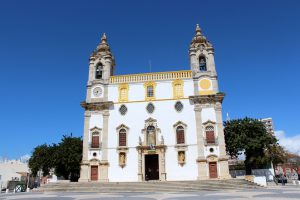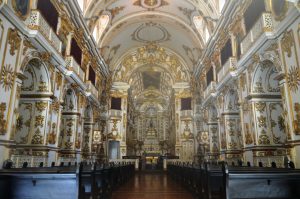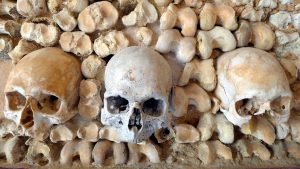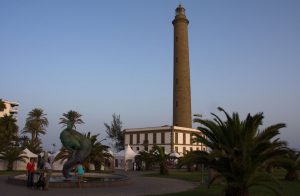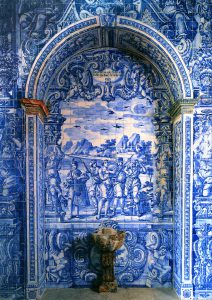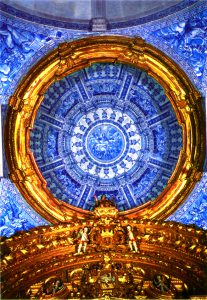Since 1756 capital of the Algarve, Faro also arrival station for those who arrive by plane and welcomed us in their lobby, the garden Jardim Manuel Bívar, where the look at everything that happens falls on the tourist port, the RIA Formosa lagoon and the sea. The city Faro was has always been an important trading centre due to its strategic location at the mouth of the lagoon. Their importance was during the Roman and Moorish occupation in the 15th century. and 16. Century during the period of the Portuguese discoveries is bigger and the wealth resulted in the building of impressive monuments. In the following centuries, the riches were lost again, because the city was the attack of the English army, led by the Earl of Essex, to the victim and got to feel the devastating effects of the earthquake of 1755. Faro has plenty of beautiful monuments that bear witness to the former glory of the city and are well worth the visit.
|
|
|
The Archway on Arco da Vila is the access to the old part of the city, as “vila adentro” (inner city) is known. The gate is located within this part of the
from the eleventh century, the oldest Horseshoe Arch of the country, which was the town gate for the coming from the sea. From here there is a maze of streets, it is worth here to wander around and discover its corners and hidden angle. Many of the archaeological finds of that witness the history of the city, located in the town museum Museu municipal, from the monastery Convento de Nossa Senhora da Assunção is set up to the sixteenth century.
|
|
|
The historic old town of Faro consists of three districts. The oldest part is the “Vila adentro” within the city walls. Because this area has been declared already for quite some time to “Historical zone”, the city has bought many old buildings and renovating can be. There were z. B. old fountains and walls exposed and integrated into the building. The best example: the House of Captain Manuel de Oliveiro from the 18.Jh., a municipal authority (water) is today housed in the.
|
|
|
On the square of the same name north of the Igreja de São Pedro is the Igreja do Carmo. With her striking profile of the two bell towers flanking the façade, this Baroque church is an important testimony of contemporary church art of the 18th century. Century dar. The Church was virtually built the entire century – construction began the year 1719 and the last belfry was finished until 1807. Historical fame the building as it served the intended rebellion against French troops in 1808 to the meeting place of the secret plans.
|
|
|
In the sacristy of Igreja, get your ticket for the chapel of bones, which can be reached from the sacristy a small garden do Carmo. The Capela dos Ossos was in 1816 by denOrdensbrüdern of the Ordem Terceira de Nossa Senhora Monte do Carmo de Faro built and a blown. Plenty of the “built-in” bones and skulls come from the bones of deceased, have been buried in the course of time on the church grounds.
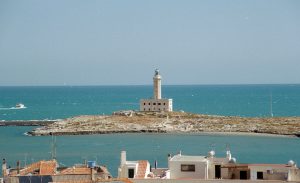
|
|
| The Faro di Vieste lighthouse on the rock of Santa Eufemia, is located between the cliffs of Santa Croce and San Francesco, just across from Vieste, the town of Apulia, Italy. Its position is strategic for the fairways in the middle and lower Adriatic Sea. It was designed in the year 1867 and automated completely in 1997. | The El Faro lighthouse in the town of Maspalomas is regarded as the symbol of the city and is the southernmost point of the Canary Islands at the same time. He is 68 m high and was built in 1889. The El Faro Lighthouse is nowadays fully automatically operated. |
|
|
|
|
Almancil not far from Faro, lies the present Baroque building of the Igreja de São Lourenço de Matos – on the portal you will see the number 1744 – has a notable (round) dome. On the back, you see a large tile image of Saint of São Lourenço (german Sankt Lorenz), the Church is dedicated. The Church was probably built in the 15.Jahrhundert, it was however only a simple Chapel. It is mentioned in the Church archives already in 1518. Except for the mentioned tile image is otherwise outwardly simple, almost barren. The greater the contrast when you enter the Interior of the Church. The entire interior, so walls, ceiling and dome, are dressed in white-and blue azulejos. The tile images show all scenes from the life of Saint Lawrence (he was born in Huesca, Spain and died in 258 BC martyr’s death). To better understand the paintings, it is recommended, at the entrance the folder “the St. Lorenz Church of Almancil” to buy and for viewing the images on the basis of the description.
